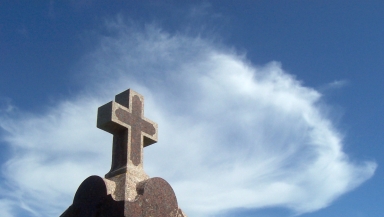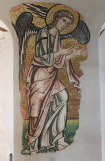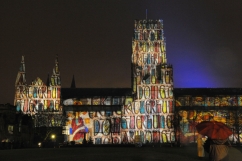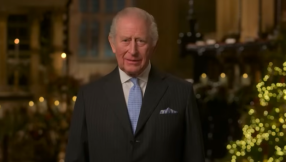
An ancient tomb has been discovered in a church in Turkey, possibly belonging to a king or bishop.
The church was part of the Georgian Ishkhani monastery complex and the unique tomb was found by specialists at the Tbilisi "Research Center". The date of the tomb is given as around 1009AD and bears the hallmarks of having belonged to some high-ranking official such as a noble or bishop.
Historian Buba Kudava suggests it could be the burial place of King Gurgen, the father of Bagrat III, and founder of the famous Kutaisi church. The church went on to become a symbol of power in Georgia.
One member of the research centre, Levan Tsikarishvili, described the experience of discovering the tomb:
"It is difficult to convey the emotions that overcame me when, having crept into the narrow, extremely dark head of the crypt, I lit my lantern and became the first witness of this unique opening.
"The extensive inscriptions bear witness that this crypt belongs to some high-ranking representative of secular nobility or clergy, possibly even an emperor or bishop. The date of construction of the tomb is indicated as 1009. Such crypts with such rich paleographic material are a rarity of rarities, representing great historical and cultural value."
According to one blog site the Ishkhani church is "one of the remarkable monuments of Georgian church architecture". Dated to the seventh century, it began to be restored by Turkish authorities in 2013. The recent discovery of the tomb is part of the ongoing process.
















